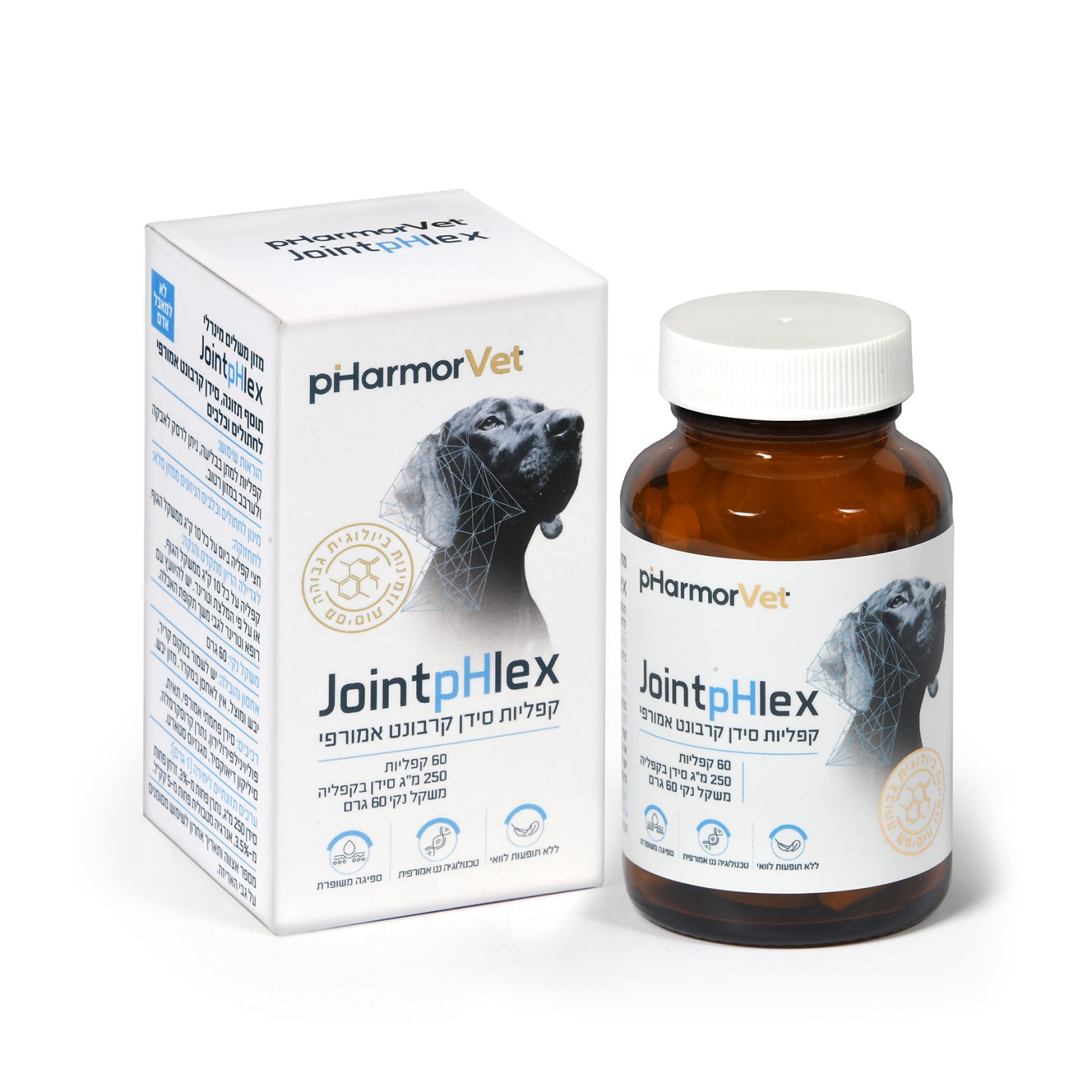Pharmaceutical Pipeline
Veterinary
Amorphical has been developing drugs and supplements to treat bone disorders and inflammatory diseases for a few years. Amorphical believes that ACC designated to help human, can help also other living creatures. Following an in-depth analysis Amorphical decided to launch a new pharmaceutical pipeline for companion animals—dogs, cats, and horses. Amorphical plans to replace some of the currently existing treatments with more effective, safer, and no side effects pharmaceuticals.

ACC for the treatment of Osteoarthritis (OA) in dogs and Cats:
- Amorphical develops a drug for treating the pain and inflammation associated with canine’s osteoarthritis
- Osteoarthritis (OA) is the most common joint disease diagnosed in veterinary medicine. It is typically characterized by progressive degeneration and remodeling of synovial joints, leading to impaired mechanical function of the joints and pains. While it can occur at any age, osteoarthritis is commonly considered as an aging disease, and the sites affected by osteoarthritis in dogs primarily include the stifles, hips and elbows.
- Osteoarthritis (OA) is a condition where the cartilage – the protective material cushioning a joint – deteriorates over time, causing the bones to rub against each other. This rubbing can permanently damage the joint and cause pain, inflammation, and lameness.
- A key pathogenesis step of OA is the upregulation and release of inflammatory mediators by articular cells, leading to local acidosis and degradation of the cartilage ECM. During the degradation process the pH around joints may drop to 6.0, generating an acidic environment in the OA affected cartilage.
- Tissue acidosis is a physiological or pathological phenomenon occurring during tissue injury, inflammation, ischemia, fatiguing exercise, and tumor growth.
- Increased bone loss and resorption is associated with the development of OA. cartilage lesions subchondral bone remodeling that occurs in OA involves both bone resorption and bone formation. MMP 13 as well as cathepsin K, can be synthesized by bone cells and has been demonstrated to be involved both in endochondral ossification and in OA cartilage degradation
- Current pharmaceutical treatments to alleviate the signs and symptoms of pain and lameness are mainly Steroidal and Non-Steroidal Anti-Inflammatory Drugs [NSAIDS]. All NSAIDs affect prostaglandins, either by blocking COX enzyme so fewer prostaglandins are produced or by blocking some activity of certain prostaglandins. The result is less pain and inflammation. Because all NSAIDs interfere with other positive functions of prostaglandins, they can cause side effects, some of which are serious and may be associated with renal, gastrointestinal (GI), and hepatic toxicity. Specifically, labels of these drugs warn of “the potential to produce GI ulceration and/or GI perforation”.
- Due its nanometric size, amorphic nature, high solubility and bioactivity, Amorphous Calcium Carbonate (ACC) can cross mucous membranes as a particle of Calcium Carbonate and turn into Bicarbonate, the main PH buffer in the body already at neutral to slight acidic PH [6.5-7.5] which characterizes the extracellular matrix [ECM] in inflammatory conditions, such as in OA.
- ACC can therefore selectively modulate the local pH, which results in reducing the negative activity of metalloproteases, cathepsins, and osteoclasts (common features of the OA inflammatory cascade), as well as decreasing the sensory noxious stimulation of the perceived pain, and consequently alleviating the clinical signs of OA.
- The ACC effect over microenvironmental pH regulation, reducing Cathepsin activity and normalization of the inflammatory response, along with the increasing clinical evidence of ACC for the treatment of arthritic humans and companion animals, encourage Amorphical to develop a veterinary drug to treat Osteoarthritis
- Amorphical is planning a randomized, masked, placebo-controlled study of the safety and efficacy of Amorphous Calcium Carbonate (ACC) for controlling pains and inflammations, associated with osteoarthritis (OA), in dogs, for obtaining drug registration in the US and Europe.
- This development will highly supports further studies and developments for the use of ACC in treating bone fractures, ligament ruptures, Tendinitis, arthritis and post surgically of other musculoskeletal disorders.
ACC for curing Bone Cysts and Bone fractures in Horses:
- Amorphical pipeline includes a drug for treating bone fractures and cysts in horses
- Bone fractures and cysts are common in equine medicine, especially in working or sport horses. The medical treatment is very frustrating and many times unsuccessful, sometimes results with the need to euthanize the horse.
- The high bioavailability and bioactivity of calcium, along with the pH modulation by its carbonate, at the bone environment and the extracellular matrix, can explain bone cyst reduction, fracture healing and returning of injured horses to activity, as seen in numerous case reports conducted by Amorphical’s collaboration with horse veterinary hospitals in Italy.